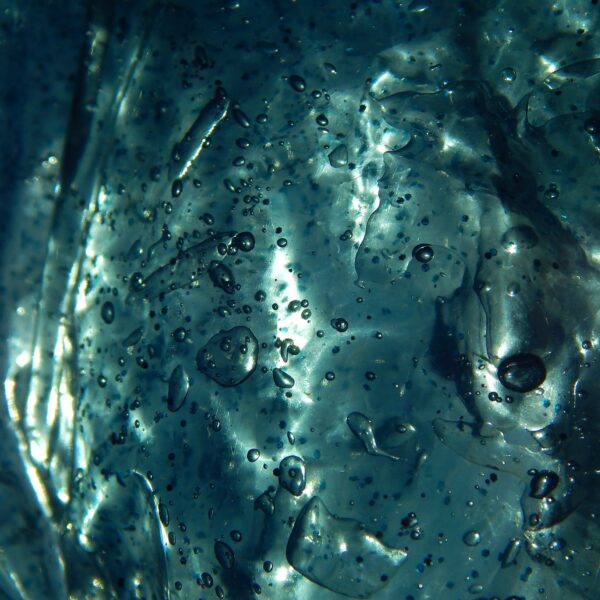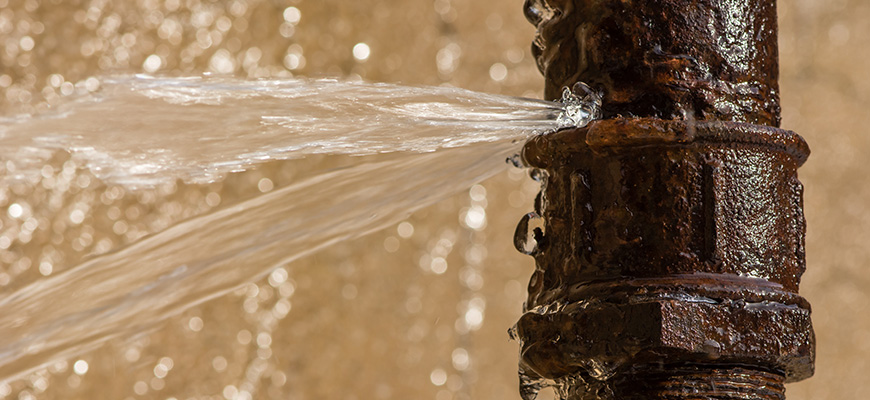Are you tired of dealing with clogged drains and slow-moving water in your home? Sludge build-up in your plumbing can be a frustrating and costly problem to address. Understanding why sludge forms and how to prevent it can save you from future headaches. In this article, we will delve into the mysteries of sludge build-up in your home plumbing and provide you with effective prevention strategies.
The Causes of Sludge Build-Up
Sludge build-up in home plumbing systems can occur due to a variety of causes. One common culprit is soap scum. When we shower or wash our hands, soap residues mix with minerals in the water and form a sticky substance that coats the inside of our pipes. Over time, this soap scum accumulates and creates a sludgy barrier that restricts water flow.
Hair is another major contributor to sludge build-up. As we shower or wash our hair, strands can become trapped in the drain, especially if we don’t use drain screens. Over time, these hair accumulations can mix with soap scum and other debris, leading to blockages and sludge formation.
Food waste, grease, and oil are also common causes of sludge build-up in kitchen plumbing. When we wash dishes or dispose of food particles down the drain, these substances can stick to the pipe walls, creating a sludgy layer that hinders water flow. Without proper disposal practices, these accumulations can become a recurring problem.
Signs of Sludge Build-Up in Your Home Plumbing
Detecting sludge build-up in your home plumbing is crucial for early intervention. Some common signs to look out for include slow-draining sinks, gurgling sounds from your pipes, unpleasant odors emanating from drains, and recurring clogs. If you notice any of these signs, it’s likely that sludge is accumulating in your pipes, and prompt action is necessary to prevent further damage.
The Dangers of Ignoring Issue
Ignoring issues in your home plumbing can lead to a range of issues, both financially and for the overall functionality of your plumbing system. Firstly, sludge build-up can cause clogs, which can result in water backups and potential flooding. This can lead to costly repairs and damage to your home.
Additionally, sludge build-up can affect the efficiency of your plumbing system. As the sludge restricts water flow, your taps and showers may experience reduced water pressure. This can be frustrating and make everyday tasks more time-consuming. Moreover, the accumulation of sludge can also lead to the growth of bacteria and unpleasant odors, which can negatively impact your living environment.
Prevention in Your Home Plumbing
Fortunately, there are several preventative measures you can take to avoid sludge build-up in your home plumbing. One of the simplest and most effective methods is to use drain screens. These inexpensive devices can be placed over your drain openings and catch hair, food particles, and other debris before they enter the pipes. Regularly cleaning and emptying the drain screens can prevent these substances from accumulating and causing sludge build-up.
Adopting proper disposal practices is also essential for prevention in your home plumbing. Avoid pouring grease, oil, or large food particles down the drain. Instead, collect and dispose of grease and oil in a separate container, and use a garbage disposal for food waste. By keeping these substances out of your pipes, you can significantly reduce the risk of sludge formation.
Regularly maintaining your plumbing system is another crucial step in prevention Flushing your drains with hot water periodically can help dissolve any soap scum or grease that may be clinging to the pipe walls. Additionally, using a mixture of baking soda and vinegar to flush your drains can provide a natural and effective ways for removal
DIY Methods for Removing Sludge Build-Up
If you already have sludge build-up in your home plumbing, there are several DIY methods you can try to remove it. One popular method is using a mixture of baking soda and vinegar. Start by pouring a cup of baking soda down the drain, followed by a cup of vinegar. Let the mixture sit for about 30 minutes, and then flush the drain with hot water. This combination can help break down and dissolve the sludge, improving water flow.
Another DIY option is using a plumbing snake or auger to physically remove the sludge. Insert the snake or auger into the drain and rotate it to dislodge and break up the sludge. Be cautious when using this method, as excessive force or incorrect use of the tool can damage your pipes.
Professional Services for Dealing with Sludge Build-Up
In some cases, professional services may be necessary to address severe sludge build-up in your home plumbing. A professional plumber can perform a thorough inspection of your pipes using specialized cameras to identify the extent of the issue They can then employ high-pressure water jetting or other advanced techniques to remove the sludge effectively.
If the sludge build-up has caused significant damage to your pipes, such as corrosion or leaks, a professional plumber can also handle the necessary repairs. It’s important to hire a reputable and experienced plumber to ensure the job is done correctly and to avoid further complications.
Regular Maintenance to Prevent Sludge Build-Up
To maintain a sludge-free plumbing system, regular maintenance is essential. Incorporate the following practices into your routine:
- Clean your drain screens regularly, removing any trapped hair or debris.
- Flush your drains with hot water at least once a month to dissolve any potential issues
- Use a mixture of baking soda and vinegar to flush your drains every few months for a deeper clean.
- Avoid pouring grease, oil, or large food particles down the drain.
- Consider using enzyme-based drain cleaners periodically to help break down organic matter and prevent sludge build-up.
By incorporating these maintenance practices, you can significantly reduce the risk of sludge build-up in your home plumbing system.
Common Misconceptions about Sludge Build-Up
There are a few common misconceptions about sludge build-up in home plumbing that are worth addressing. One misconception is that sludge build-up only occurs in older homes. While older plumbing systems may be more prone due to wear and tear, it can occur in any home if proper preventative measures are not taken.
Another misconception is that chemical drain cleaners are an effective solution. While these cleaners may provide temporary relief by breaking down some of the sludge, they can also damage your pipes over time. It’s best to opt for natural and preventative methods, as mentioned earlier, to avoid further complications.
Conclusion: Taking Action to Prevent Sludge Build-Up in Your Home Plumbing
Sludge build-up in your home plumbing can be a frustrating and costly problem to deal with. However, with proper understanding and preventative measures, you can keep your plumbing running smoothly. By using drain screens, adopting proper disposal practices, regularly maintaining your plumbing system, and seeking professional services when necessary, you can prevent issues and avoid the associated issues. Don’t let sludge wreak havoc on your home plumbing system. Take action today and say goodbye to plumbing issues for good.


